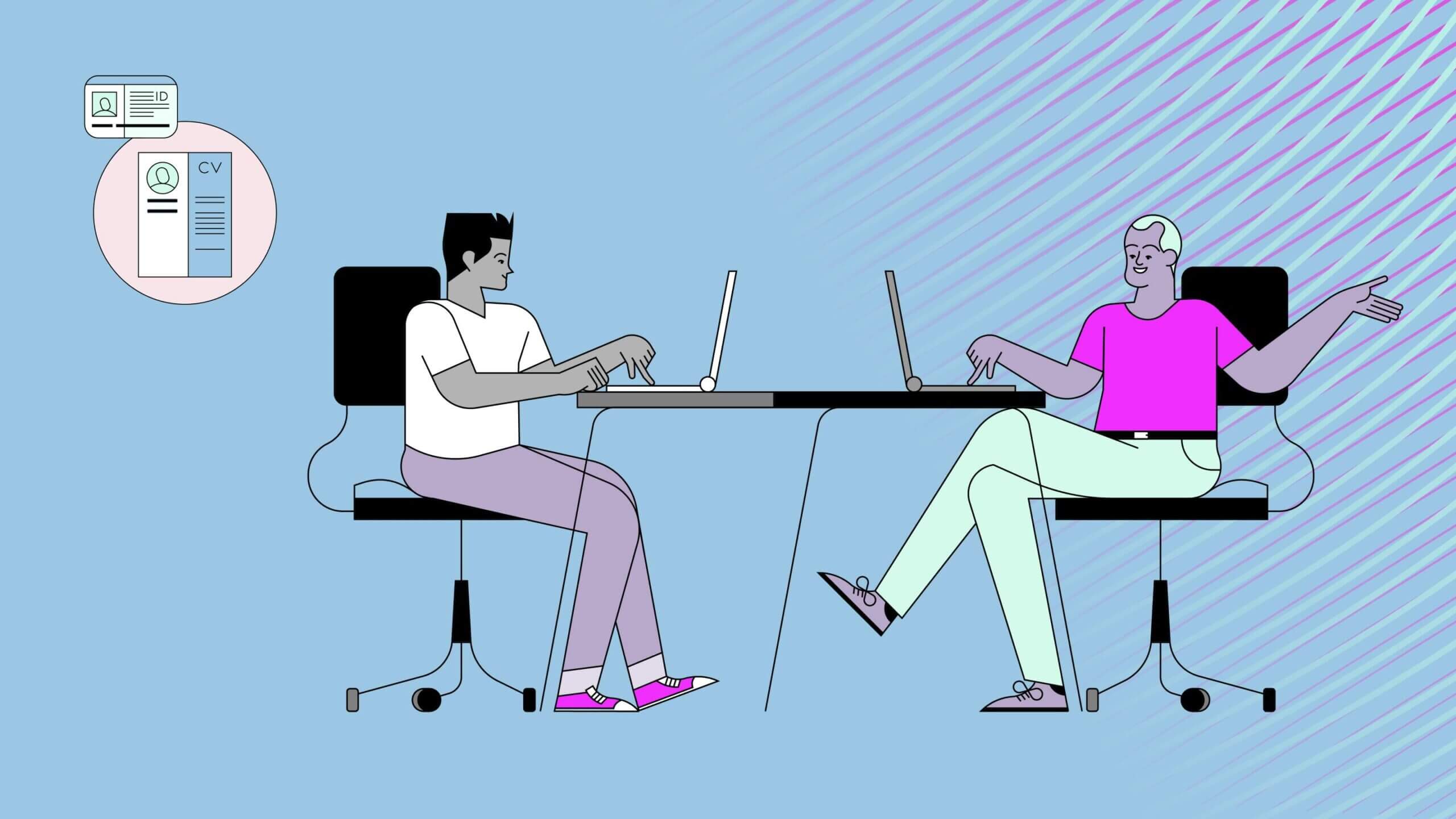Blog Post
Estonia offers an ideal example of remote learning
This week the global coronavirus pandemic swept through the U.S., resulting in widespread school closures that have affected more than 26 million American students. Some schools have been completely shuttered, while many chose to take on a new challenge: providing digital education from a distance.

This week the global coronavirus pandemic swept through the U.S., resulting in widespread school closures that have affected more than 26 million American students. Some schools have been completely shuttered, while many chose to take on a new challenge: providing digital education from a distance.
This temporary transition comes with a variety of requirements. For starters, there’s the software. How to seamlessly connect so many students and teachers simultaneously? Notably, video conference leaders like Cisco, Google and Zoom are bolstering the effort by making premium services available at no cost; Adobe is providing at-home access to its Creative Cloud software for millions of students. Here at Veriff, we are giving away one million free verifications to global nonprofit organizations (more on that later).
The software needed to tackle this shift represents only a portion of the resources required to create a digital infrastructure of this magnitude on such short notice. Some students don’t have access to computers or Wi-Fi at home. Many kids are unfamiliar with navigating educational software. Some can’t yet type proficiently. The whiplash from COVID-19’s impact has left the American educational world struggling, as most U.S. states do not have a system to support digital learning at the scale currently needed.
Though the list of requirements is long, the nexus — and starting point — is software. “We in Estonia are very lucky,” explains Triin Uustalu, Veriff’s chief marketing officer. “For me and my kids, this was an easy transition, as we have had e-school in place for over a decade already.” While the transition to remote learning is an entirely new beast for many American families and school systems, it is a part of everyday life in Estonia, a country whose infrastructure is built atop software.
“By 1997, [97%] of Estonia’s schools were digitized, with cabinet meetings following suit in 2000. Every law…is published online. In 2000, the government also declared access to the internet a human right. In 2007, the government created online voting, making Estonia the first country with e-voting in a general election. Estonia is now E-stonia…and one of the most technologically advanced countries in the world.” (Source)
For decades, Estonia has been quietly leading the way to a frictionless online world as the planet’s most advanced digital nation. 99% of all public services are available online 24/7. Medical records, ballot casting, tax filing, homework…you name it: for an Estonian, it’s easily accessible by laptop. Estonia is well-recognized, globally, for its advanced online government services and thus finds itself relatively prepared for the challenges at hand.
Most Estonian schools already use platforms like eKool or Stuudium to track things like grades, assignments, schedules, and projects; keep parents informed and connected, assign homework, provide general resources and even teach digital skills. Functions can range from receiving feedback or completing assignments to conducting parent-teacher communications, and tracking sick days, extra-curricular activities and access to library materials. Many of these platforms are products of direct collaborations between schools, universities, and Estonian tech companies.
“Estonia is known as one of the most tech-savvy countries in the world, potentially a big advantage as the outbreak forces economic activity online. The software for Skype was written in Tallinn. Bolt, a ride-hailing, electric scooter and delivery service that is challenging Uber, is based there….The tiny Baltic nation, population 1.3 million, has one of the most dynamic economies in the eurozone.
“[Estonia has] hidden strengths. An economy with lots of companies that can deliver their services digitally, and where employees can work from home, should be relatively resilient. This could be Estonia’s moment; its capital, Tallinn, has a lively digital start-up scene.” (Source)
Uustalu has two children in Estonian schools right now. One institution uses eKool, the other Stuudium.
“It is so easy to track what my kids need to do when they are ill at home, for example,” she explains. “I am a very hands-off mom, so I don’t check that they’ve done their homework every night, but I know many parents do. Plus, when the kids are sick or away [HJ1] I just log on, check the right box and voilá…done. No messing around figuring out how to inform the teacher, send a doctor’s note, or anything similar.”
Triin mostly uses these platforms to check her kids’ grades, and for communicating with other parents, teachers, and the school administration. (The Parents’ Council at one school also stores meeting notes and decision-making processes online to keep parents up to date.)
Various Estonian schools have also implemented “digital days” once or twice a year—when kids are asked to learn from home, the library, or somewhere else outside of the classroom. The tradition helps children develop digital skills and gain proficiency from an early age. Inadvertently, digital days may have also equipped Estonian families to be better prepared for weeks, maybe months, of remote learning.
All of this is to say that, for Triin, her family, and many others in Estonia, “this was an easy transition.” She noted that there is now a movement to donate devices to Estonian families in need. “All families are different, and for some this transition will still be a struggle. Not everyone is as techy as my kids.”
The nation of Estonia is prepared and eager to step up and help a world in crisis mode. “We are ready to share Estonia’s best practices and solutions with the countries in need,” announced Mart Laidmets, Secretary-General of the Estonian Ministry of Education and Research. “After all, providing education is essential for a sustainable society[.]”
To start, the nation has made all digital education tools publicly available in an effort to support the education systems of other countries throughout the current crisis. This list is rolling and will grow as more Estonian companies like Veriff opt to offer their services for free to millions in need.
As mentioned, over the course of the next few months Veriff will be donating one million identity verification sessions to nonprofit organizations around the world. On top of this initiative, there are several critical new use cases for identity verification (IDV) as education goes remote on a global scale:
- At-home testing and exams
- Registration, account access and credential recovery
- Secure video conferencing
- Parental access to the personal data of minors
- Enrollment
- Payments and loans
This list, like the number of Estonian tech companies stepping up to carry the planet forward, will only continue to grow. As an American, I’d urge us to examine and learn from the digital way of life Estonia has established over the past 30 years. From chaos, opportunities are born. The coronavirus pandemic will reach and hurt each of us all in different ways, and it will change intimate elements of our lives. From these ashes, a phoenix will rise: a world that is strong and supportive, more caring, connected, and prepared; a global community whose members, in times of great peril and uncertainty, can lean on each other’s knowledge to adapt and learn together, and keep each other safe, healthy, and happy.
Thanks to Triin Uustalu and Josh Hyatt for contributing to this piece.














